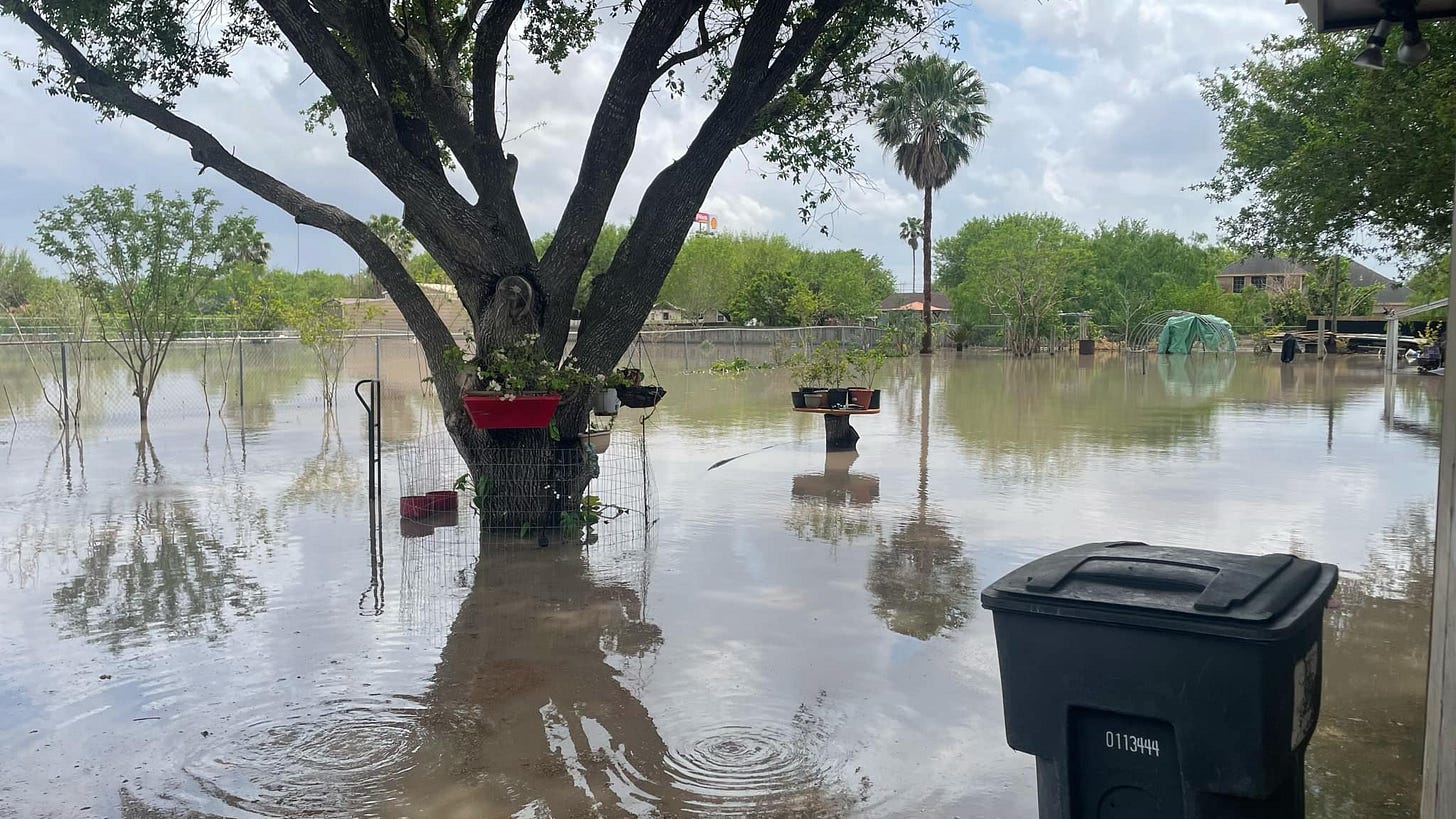Seeking Flood Justice in the Rio Grande Valley
Researchers launch a new program that uses AI and collaborative mapping to help border residents in need after flooding disasters.
“Back in 2020 when we had the hurricane, my house fell from the foundation, so we had to pick it up and strap it down. It was a huge mess,” said Lizbeth Ramos, a community organizer who lives near Donna, Texas, in a colonia—a type of unincorporated communit…
Keep reading with a 7-day free trial
Subscribe to The Border Chronicle to keep reading this post and get 7 days of free access to the full post archives.


